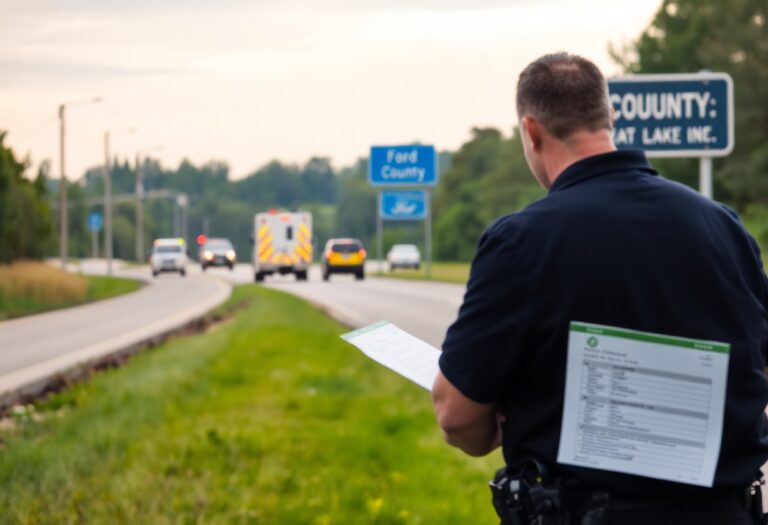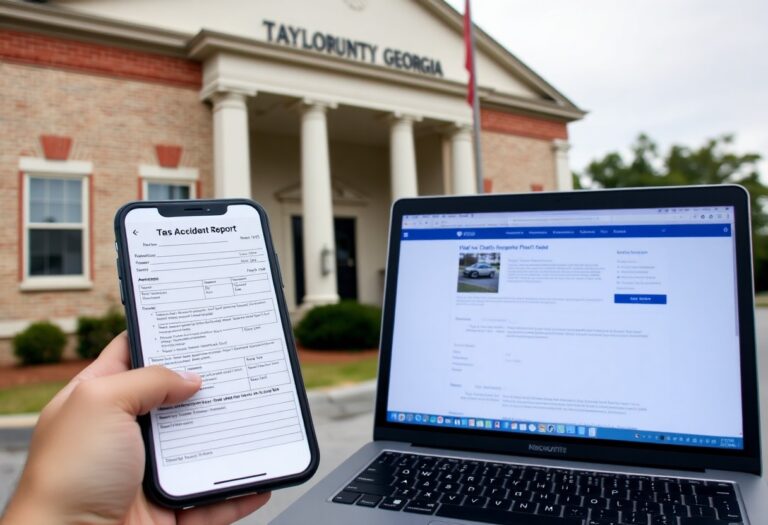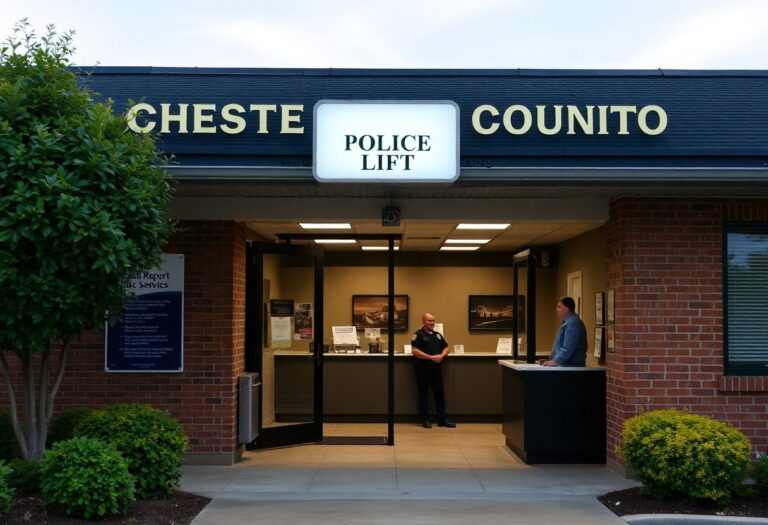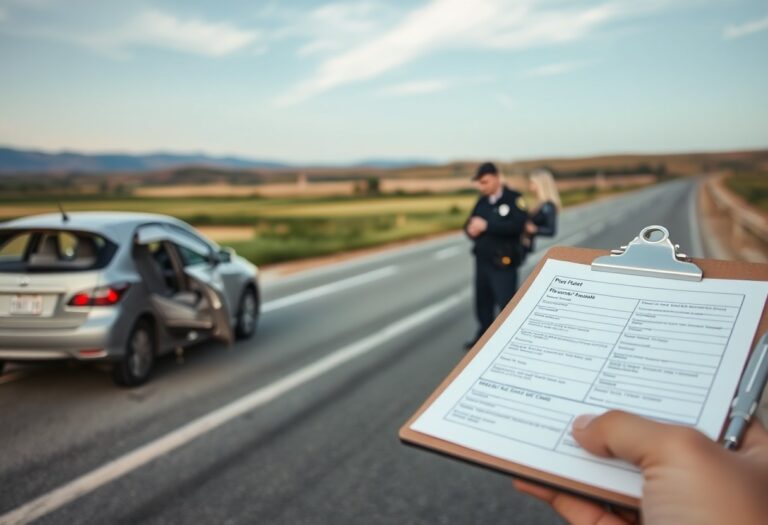You may find yourself needing to access a car accident report in Bell County, Texas, whether for insurance claims, legal proceedings, or personal records. This comprehensive guide will walk you through the steps to retrieve your report efficiently, detailing where to go, what information you need, and any associated fees. Navigating the process can be daunting, but with this information, you’ll be well-prepared to secure the documentation you require swiftly and accurately.
Navigating the Bureaucracy: Who to Contact and What to Expect
Retrieving a car accident report in Bell County involves navigating through different agencies, each with specific jurisdiction and procedures. Understanding who to contact can save you time and frustration while ensuring you receive the proper documentation. Generally, you will begin by reaching out to local law enforcement agencies, and from there, you may need to follow up with additional departments for complete details and final documentation.
Identifying the Right Law Enforcement Agency
Your first step should involve identifying the law enforcement agency that responded to your accident. In Bell County, this typically includes the Texas Department of Public Safety, county sheriff’s offices, or local police departments, depending on the accident’s location. Each of these agencies has specific protocols for handling reports.
Understanding the Roles of Local Authorities
Local authorities in Bell County play distinct roles when managing car accident reports. The Texas Department of Public Safety handles incidents on highways and state roads, while city police oversee urban accidents. Depending on the circumstances, the county sheriff may be involved in rural incidents. Knowing which agency oversees your incident facilitates quicker access to necessary information and documentation.
Each agency has its own reporting system and timeline for filing accident reports. For instance, once a police report is generated, the local police department typically retains it for a specific duration before it is transitioned to a central repository. This can vary by agency, but having your accident report number ready can significantly streamline your interactions. Additionally, understanding that some agencies may require you to file a request in writing while others might allow verbal inquiries can impact your retrieval approach. Knowing these details ahead of time can minimize delays and help you receive the report you need efficiently.
Timing is Everything: When to Request Your Car Accident Report
Understanding the timing for requesting your car accident report can significantly impact your overall experience. Ideally, aim to request your report within 5 to 10 business days after the accident, as this is generally when reports are first compiled and made available. Waiting too long may complicate insurance claims or legal processes, so prompt action is key.
The Impact of Timing on Report Availability
Reports often become accessible after a certain processing period, typically linked to the local authorities’ protocols. If you initiate your request too early, it’s possible that details may still be incomplete or inaccurate, leading to potential delays or the need for further follow-ups.
Urgency vs. Accuracy: Striking the Right Balance
Finding the sweet spot between urgency and accuracy when retrieving your accident report requires strategic timing. While you may feel pressured to obtain the report quickly, rushing the request can result in receiving information that lacks crucial details or, worse, contains inaccuracies. Focus on ensuring that you’re submitting your request at an optimal moment when the report is likely to be thorough and reliable. This often means waiting a few additional days post-accident to ensure all data is collected.
Maintaining this balance ensures that you have complete and precise information to support your claims process. For instance, if you’re relying on the report to navigate liability disputes with insurance providers or legal representatives, submitting an incomplete report may hinder your position. On the other hand, being too patient can cause unnecessary delays in your recovery process. Therefore, it’s crucial to assess when the report will be ready for retrieval and plan accordingly for timely follow-up without sacrificing accuracy.
The Retrieval Process: Step-by-Step Instructions
| Step | Description |
| 1 | Gather necessary information, including the date, time, and location of the accident. |
| 2 | Determine whether you will file your request in-person, online, or by mail. |
| 3 | Complete any required forms and prepare for payment options. |
| 4 | Submit your request following the methods you’ve chosen. |
| 5 | Receive your report and review it for accuracy. |
In-Person Request Procedures
For an in-person request, visit the appropriate office in Bell County, such as the local police department or sheriff’s office, where the accident occurred. Bring valid identification and any pertinent details such as the report number or case number. This method allows for a personal touch, enabling you to clarify any questions directly with the staff.
Online Request Options: A Digital Guide
Utilizing online resources offers a convenient path for obtaining your car accident report. Access the Bell County law enforcement website where most agencies provide forms that can be filled out and submitted digitally. Ensure you have relevant information handy, as you’ll need it to complete the request.
This digital method streamlines the process, allowing you to submit requests any time without needing to physically attend an office. Most sites will guide you through the necessary steps, and you can often track your request’s status online. Be prepared to enter details such as the incident date and report type, making the process efficient.
Fees and Payment Methods: What You Should Know
Typically, there is a nominal fee associated with obtaining your car accident report in Bell County, often around $6. Payment methods vary by request method; in-person requests typically accept cash or card, whereas online requests often require credit card payment. Always verify current fee regulations on the official law enforcement site before proceeding.
Fees can differ based on factors like the type of report or agency processing. It’s wise to account for these costs during your planning phase. Also, stay informed about any additional processing fees if you opt for expedited service, as understanding total potential costs will help you avoid surprises during retrieval.
Unpacking Report Details: Interpreting Your Accident Report
Interpreting your car accident report requires attention to detail and a clear understanding of its contents. Your report includes imperative information such as the date, time, location of the accident, involved parties, and their insurance details. Additionally, it encompasses witness statements and officer observations, providing a comprehensive overview of the incident. Familiarizing yourself with these details helps ensure accurate context, especially when dealing with insurance claims or legal proceedings.
Key Components of the Report Explained
Each car accident report consists of several key components that play a vital role in understanding the circumstances of the incident. The report typically features information about the weather, road conditions, and specific details of the vehicles involved, including make, model, and license plate numbers. Officer narratives and diagrams may visually represent the scene, enhancing your comprehension of how the accident occurred. Highlighting these components streamlines your ability to leverage the report in legal and insurance matters.
What to Do if You Find Discrepancies
Discrepancies in your accident report can lead to complications in legal proceedings and insurance claims. If you spot errors, such as incorrect names or dates, it’s imperative to address these issues promptly. Collect relevant evidence that supports your claim, such as photographs or witness statements, to present your case effectively.
To correct discrepancies, swiftly contact the law enforcement agency that issued the report. Prepare all necessary documentation supporting your claims, such as identification and the original report. A formal request for revision may be required, so be clear about the specific changes you’re seeking. Staying persistent and organized can significantly enhance your chances of rectifying mistakes in the report, ensuring that your records accurately reflect the event.
Legal Implications: Using Your Report for Insurance Claims
Your accident report holds significant weight in navigating the insurance claims process. It serves as a formal record that outlines the details of the incident, including the time, location, parties involved, and any witnesses. Insurers rely heavily on this document to assess liability and determine the compensation you may be entitled to. A well-documented report can bolster your case and support your claims, making it a valuable asset during negotiations.
The Role of the Accident Report in Claims Processing
The accident report provides crucial information that insurers depend on to analyze the circumstances surrounding your claim. It details the sequence of events, contributing factors, and any law enforcement conclusions regarding fault. By presenting a clear narrative of what transpired, your report can streamline the processing of your claim and help you avoid unnecessary delays.
Evidence and Documentation: Strengthening Your Case
Beyond detailing the accident, your report can also serve as a foundation for further evidence collection. With a comprehensive accident report, you can gather supporting documentation such as medical records, repair estimates, and eyewitness statements. This assembled evidence not only clarifies the situation but also enhances your stance in any negotiations with insurance adjusters.
Utilizing your accident report allows you to create a cohesive narrative that supports your claim with factual backing. For instance, if the report states the other party was cited for reckless driving, this can significantly strengthen your position when seeking compensation. Furthermore, coupling your report with additional documentation like photos of the scene, witness statements, and medical bills creates a more robust case, making it difficult for insurers to dismiss your claim. By combining these elements, you increase your chances of a favorable outcome in the claims process.
Final Words
Ultimately, understanding how to retrieve car accident reports in Bell County, Texas, empowers you to effectively navigate the aftermath of an accident. By following the outlined steps and knowing where to access necessary resources, you can obtain the information needed for insurance claims, legal matters, or personal records. Ensuring that you have accurate and timely reports will aid in protecting your interests and facilitate a smoother process during a challenging time.













